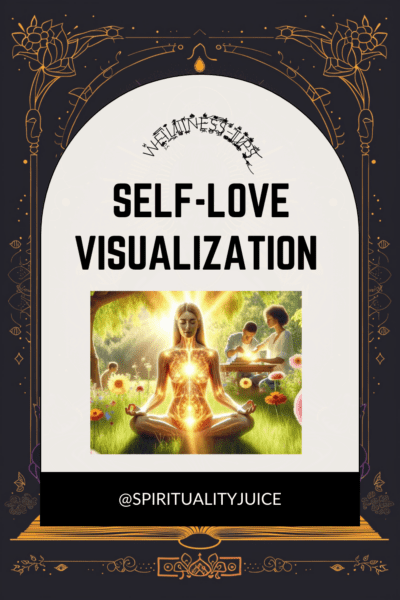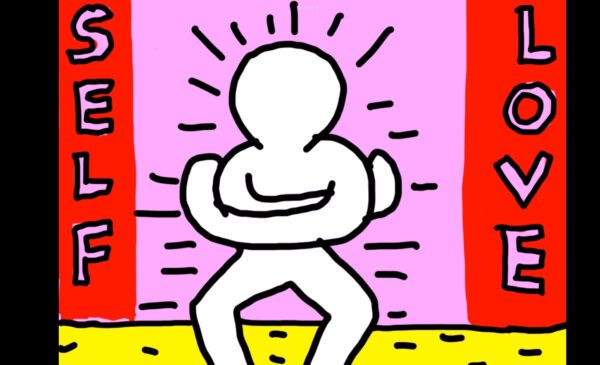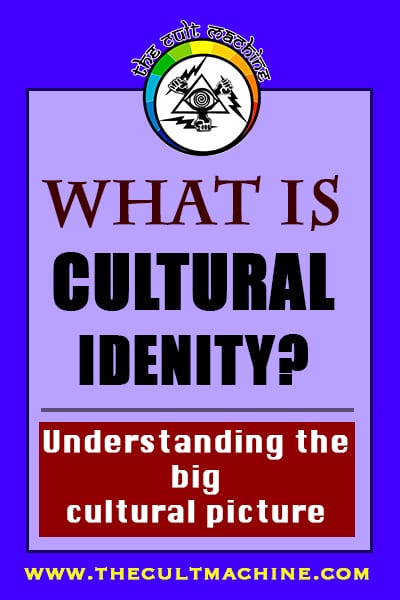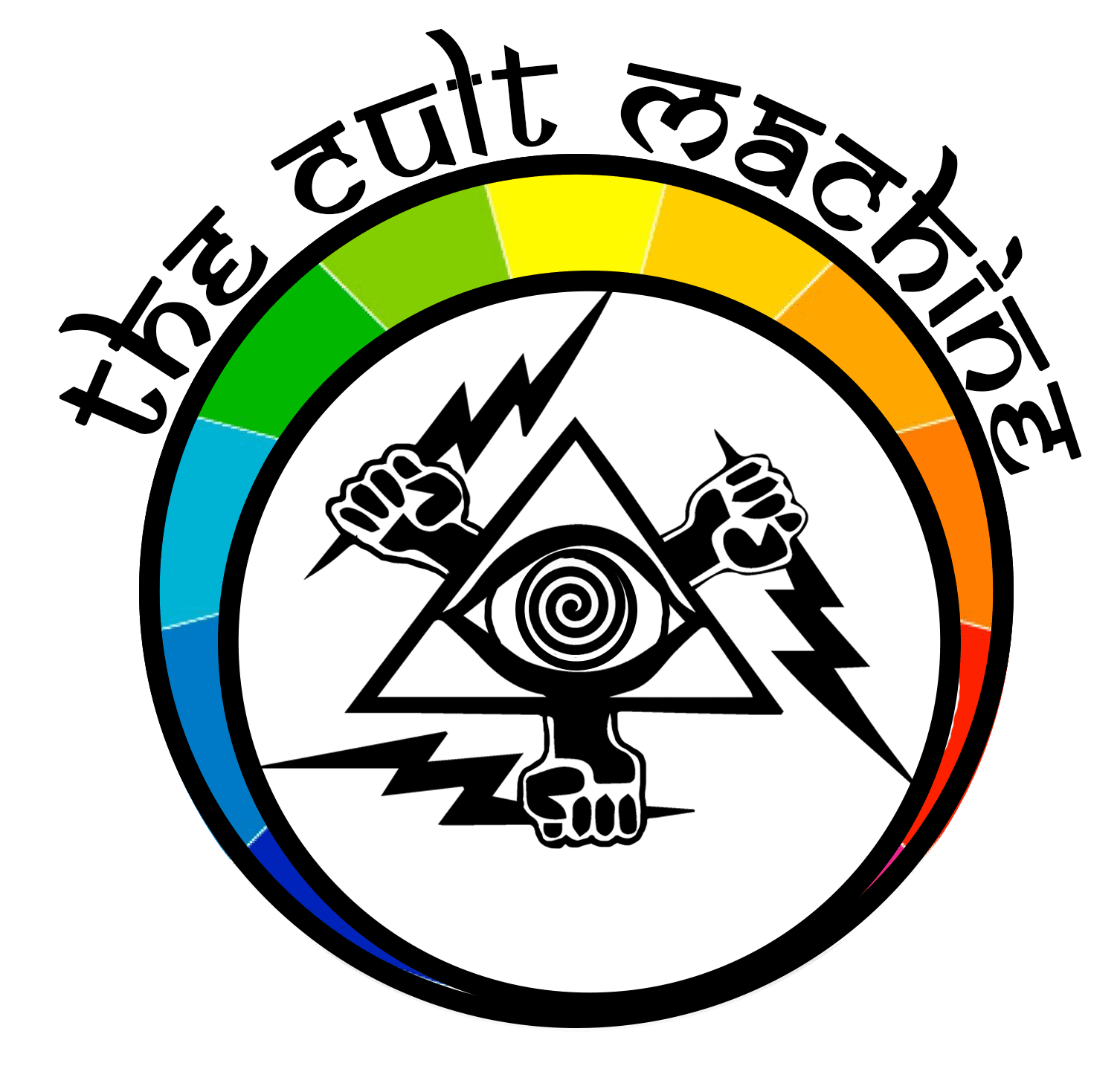What is cultural identity? Cultural identity is basically just the way in which you structure your personality around a set of shared traditions, norms, values, symbols, etc. It’s deeply personal & integral to help you understand yourself better. It’s all about you yet it’s funny to say, “you get it from the community.”
“I choose to be a part of this thing and somehow this thing has chosen to be a part of me.”
You’re not entirely etching your own path forward here to be frankly honest. Cultural Identity is easy. That’s basically because you don’t have to create anything from scratch. Everything you need to form a coherent personal reality and experience is already chopped up in the woodwork. In culture, you have a given history, sets of traditions, values, language, symbols & so on. Belonging itself is just a natural part of being human anyway. Heck, humans are social animals! But because your identity is ‘now’ dependent on this external cult mentality your personal identity seems a little less personal. Don’t it?
[lwptoc]
Types of Cultural Identity & Community Identity
Culture comes to us in two ways. That is, via the Dominant culture and subcultures. These two types of culture manifest into two different forms when considered into personal identity. Cultural identity can be a Fixed identity and a Fluid identity.
Fixed Identity
Fixed identity comes at you like a ton of brings. It is a culture that happens to you. That is because most of its effects are felt in the forms of rigid measures to enforce social norms. Normative behavior projects itself into the larger cultural model. It is the form of culture that makes you feel boxed in as if you have no control over it. This is somewhat true actually. You have no control over a Fixed cultural identity. These pressures hold you in. They cause you to stand out. They are:
- Native Language
- Familial heritage
- Ethnicity
- Nationality
- Biological sex
- Social Class
Fixed identity gives you the sense that you just can’t shake certain aspects of your identity. You’ll always, for the most part, realize these traits in yourself. They haunt your memories. If you weren’t too fond of your upbringing they may manifest in a grim past. If not then you’ll likely carry them with you into a proud future.
Fluid Identity
With a fluid sense of identity, you’re granted a bit of legroom. Fluid identity pertains to the way in which you connect to different subcultures that exist within the dominant culture. You may be a shoesmith, a hunter, a member of the reading club or even a punk rocker. Each of those groups contains within themselves a series of cultural norms. However, these smaller sects of the cult at large can be more malleable. You might only pop into these identities for a quick swim around the culture kiddie pool. You might even stay there doing laps. I don’t know.
- Labor affiliation
- Rank
- Interest groups
- Religion or Cult
- Friends
Individualistic identity vs. Collectivist Cultural Identity
Identity is in conflict with the need to conform and the need to stand on one’s own. That is, to be molded by the culture and likewise to mold the culture. Anthropologists have found that human cultures develop to accommodate this in one of two ways. Cultures place an emphasis on the individual vs one that places emphasis on the collective.
The individualistic identity places the importance on the self rather on society. Individualistic cultures tend to be more meritocratic. Americans and the emphasis on business achievement best exemplify and individualistic culture.
Collectivist culture places the individual as a mere component of a larger group. Nobody is inherently independent. A society, as a whole, functions on the basis of a collective of people agreeing in community.
All ideas, meanings, traditions are determined by the culture and language. A culture is no entirely one or the other. There are both interlocking methods that these two cultural identities come into play. However, for the most part, a large group will tend to adopt one as the dominant.
How Cultural Identity Develops
Enculturation aka Acculturation
Enculturation is socialization. It is how people learn the dominant culture. One adopts norms and worldviews of that particular culture. For the most part, this process is not on purpose. The process of enculturation rather “rubs off” on someone. Many of the largest purveyors of shaping cultural identity are parents, adults, bosses, teachers, friends, etc. The telltale sign of enculturation is when a person adopts the same language, values, and customs of the given culture. Then the process is complete.
Cultural identity Has Symbols
All cultures rest on the basis of an internal symbolic code. The human mind shapes experience through these cultural forms and concepts. Ultimately mind organizes space and time around them. Thus human history doesn’t construct the experience through the experience itself. Instead, symbols are used, in a way, as a vehicle to convey the human experience. Human history constructs itself through these symbols. A result of this is that these symbols are both linguistic, artistic, mythical, religious, and even scientific. We construct a material world by way of the abstract. People of all different cultures actively take part in creating and representing the world in this way. The problem is is that a person’s access to the underlying reality of these icons is relative.
Symbols of the Community
Aside from names, many communities choose to use visual symbols. These symbols allow these communities to have distinguishing features. Since humans are typically visually dominant mammals, these symbols tend to orient themselves visually.
Maori Moko Tattoo
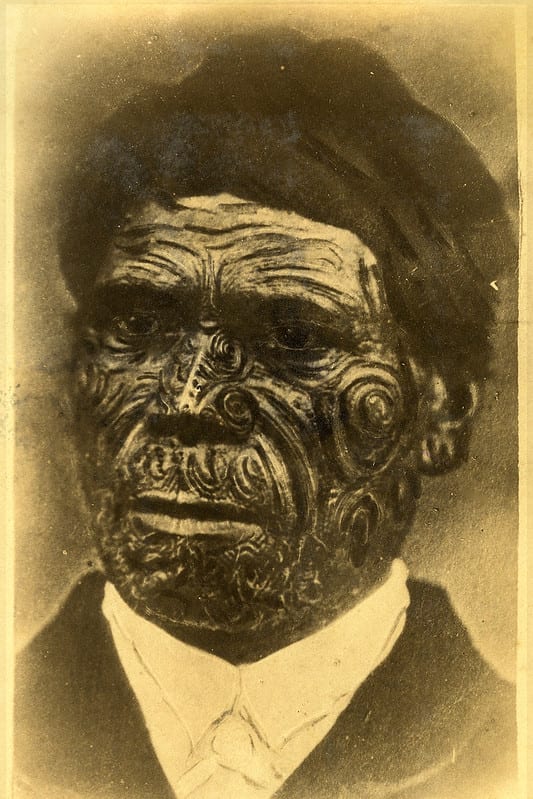
The Maori of New Zealand tattoo their faces. These tattoos act as hereditary symbols of lineage. It functions like a coat of arms.
Coat of Arms
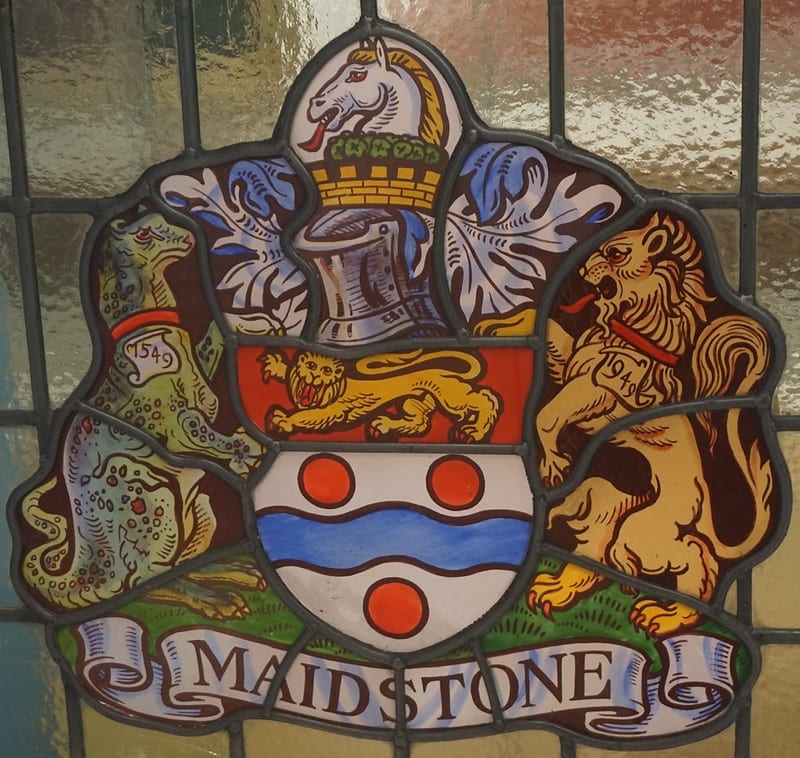
Families during the middle ages used heraldry to distinguish themselves. A coat of arms is a set of symbols and images reflected on the pane of a knights shield. This was a visual symbolic order which delineated lineage. Coat of arms, however, was mainly saved for the nobility. It was rarely adopted by the peasantry.
Totem Poles
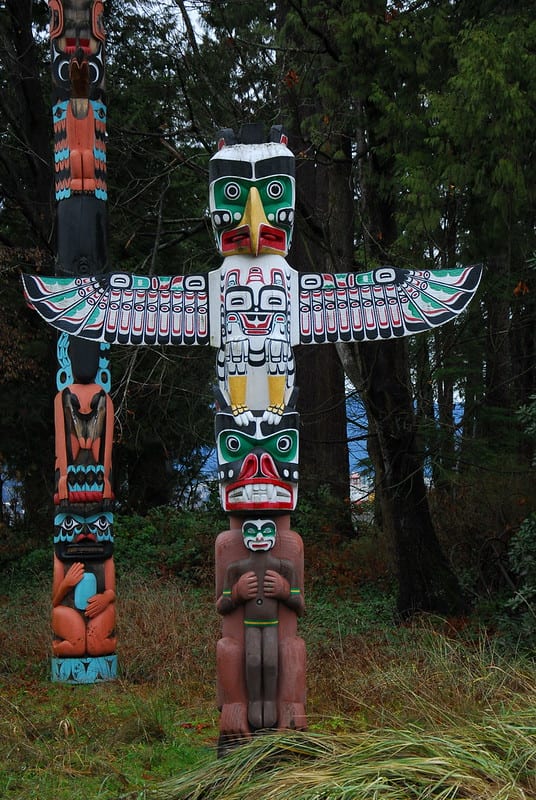
Peoples of the pacific northwest knew how nebulous cultural identity could be. For this, they built massive totem poles. These massive wooden structures act to signify kinship groups. The symbols that are carved into them help recognize ancestors, beliefs, family legends, clan lineages, and significant events.
Brand Logos
Brand logos are symbols of corporate cultural identity. The brand logo allows for a “shorthand” of a company. A logo is meant to embody the entire ethos of the company itself. Despite being widespread it is far less adopted by the employees and far more impactful to the identity of the executives.
Artifacts of Cultural Identity from the family
Cultural identity is supposed to be something personal. All those beliefs, traditions, goals, and symbols get wrapped up nicely into a nice little package. That package is you, my friend. By experiencing them and enacting them they belong to you in some way. But that’s not entirely correct now, is it? Low and behold you come to find out that there is a catch-22 here. That cultural identity you’ve developed comes at the cost of belonging to a tight-knit little group of followers. They may be nice people but there is always something lurking behind that little group that challenges your personal identity. It challenges your independence. That challenge simply put, is your family & community.
Now bar none there is a really good possibility that you’ve adopted portions of your identity from your family. I’m just leveling with you here. It helps to bring up the whole “nature vs. nurture” question for nothing. So you know your family what next?
The Identity Crisis & the Mother Language
“In the beginning was the Word, and the Word was with God, and the Word was God.”
John 1:1
One of the first things we inherit from our parents is our language. You can’t escape language. Every person requires a level of linguistic enculturation in order to fully mentally develop.
The human mind tends to shapes its own reality. As a result, it shapes its own identity as well. Every individual has their own experiences pertaining to their upbringing. Minds form concepts. We all know that. But Human history, however, is not structured through minds alone. History is structured through a sequence of symbolic forms. These symbols are linguistic, artistic, mythical, religious and even scientific. Using this mind-making technology people of all different cultures actively take part in representing the world. The only problem is that people need to be able to access these concepts between one another.
Enter the mother language.
Language forms the basis for allowing people to share concepts with one another. Your mother language has helped to shape your mind. Unfortunately for you, it forms the foundation of your identity. It doesn’t originate from you, however. You inherited it.
Carrying the family name
On a first-name basis
Naming someone is a special art all unto its own. Any parent understands how significant and sacred the act of naming is. Names often have a ritualistic or mythological meaning tying them to some higher concept. For this reason, parents place a lot of importance in naming their children.
Your name has been ingrained into your psyche. You never chose it yourself yet you’ve heard it constantly. If there is some sort of underlying significance to your name try and find out why your parents named you what they did. Your name itself may have a very special meaning attached to it. This meaning, of course, fits into a given historical symbology.
Last-name game in cultural identity
The community often uses titles to conscript an identity on its group. A good example is the Armenians of Asia Minor. Armenians employ a way to distinguish themselves through the use of surnames. Armenian last names end in -ian or -yan. This particular suffix signifies possession or belonging. The tradition around this began when peoples surnames would be the first name of their grandfathers plus the suffix -ian or -yan.
Last names have historically and cross-culturally been used as a way to sort people into familial groups. You can sort people-by occupation, place of origin, clan ties, patronage, parentage, adoption and even physical characteristics (like red hair.) Many of the modern “white” last names can be traced back to England and Ireland.
Germans are notorious for playing the name game. Take for instance Schwarzenegger. Schwarzenegger is a fairly common German last name. It means “a person from Schwarzenegg.” Schwarzenegg is a village in Switzerland and also in Austria. The “-er” indicates origin. Schwarzen also can mean a dark person as well as black. In both instances, we see physical characteristics and origin.
Familial and Community History
We inherit a part of our cultural identity in the world from those who we try to understand. Our imaginations enable us to understand reality. However, it is membership in traditions that help us understand those traditions. That is your access point and involvement in history or artifact puts us into a conversation with it. It is through this conversation that we create historical and cultural understanding.
Being within a culture or community doesn’t make you useless. It actually makes your identity and understanding of the world possible. What we strive for in interpreting the past becomes one with the past historical document. By trying to understand the past you are taking your own world view and projecting that into the past. You aren’t imposing your own views on the past. You are trying to find a meeting place. Abstractly we think and speak in regards to traditions. The Philosopher Allister Maccintire showed that there exists rationality in these traditions.
Conclusions of Cultural Identity
Customs and traditions are artifacts of a cultural past. In order to understand one of the ceremonies or rituals in a given cult, you need to understand the relationship between it and a series of other practices. These are all organized into one major system. It’s the role it plays in the system that dictates its meaning. Cultural identity in this way can be understood in regard to its relation to these webs of meanings. The meaning of an individual is relative to the network in which he/she is functioning.
Your ideas, thoughts, beliefs are not entirely dependent on your spirit or your authenticity. They are some kind of an expression of a cultural world of rules and structures of which you are an occupant. You are not entirely the origin. You act more as the medium. These symbols instead determine you and are not being determined by you.


